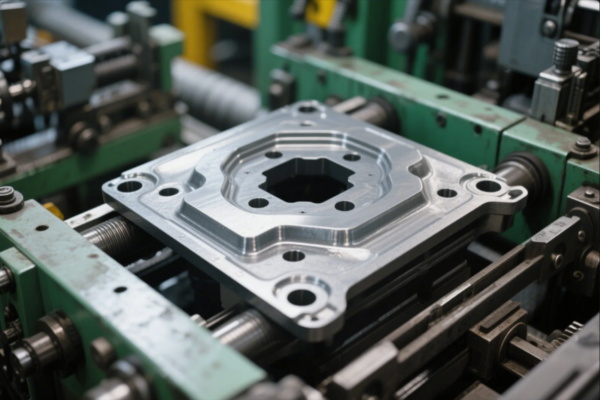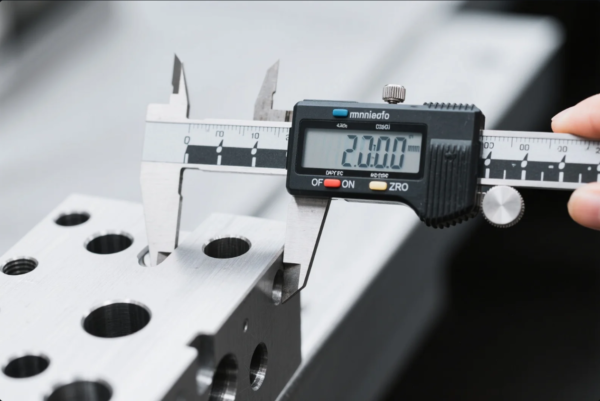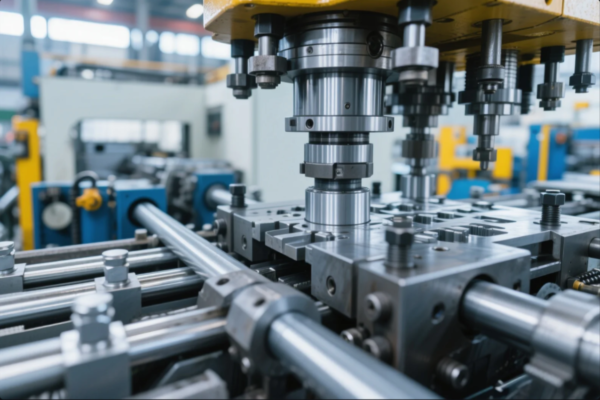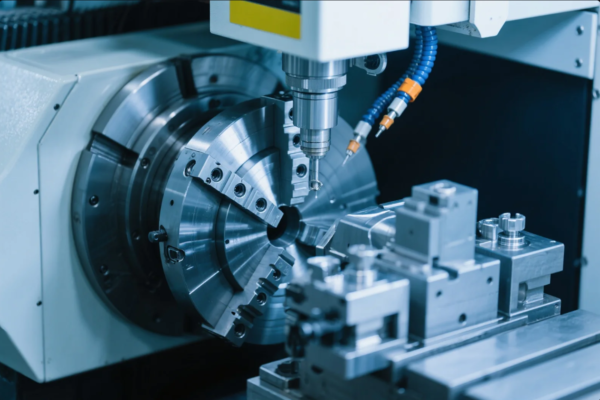What do you mean by amalgam?

In both chemistry and everyday language, amalgam has significant meaning. Whether used in dentistry or chemistry, understanding what an amalgam is can provide insight into its wide range of uses and applications.
Snippet paragraph:
An amalgam refers to a mixture, typically a metal, and has significant applications in chemistry, dentistry, and even industrial uses. Let’s explore the meaning of amalgam in chemistry and beyond.
Transition paragraph:
Read on to learn more about what amalgam is, its chemical implications, and how it’s used in different fields.
What do you mean by amalgam in chemistry?

In chemistry, an amalgam refers to a mixture or alloy of mercury with another metal. Mercury can combine with many metals to form amalgams, which often have different properties than the individual metals. These amalgams are commonly used in various industrial processes and have important applications, especially in the extraction of metals from ores.
Characteristics of Amalgams
- Liquid at room temperature: Since mercury is a liquid at room temperature, amalgams tend to have a unique set of properties, like being malleable or easily shaped. This makes amalgams versatile for various industrial applications.
- Formation: Amalgams form when mercury binds with metals like silver, gold, or tin. The properties of the resulting amalgam will depend on the metal involved. For example, gold amalgam is typically used in dentistry, whereas silver amalgam is often used in industrial applications.
Common Uses in Chemistry
- Gold Extraction: Historically, amalgams were used in the extraction of gold from ores through the process of amalgamation, where mercury forms an alloy with gold, separating it from the rest of the material. This process is still used in some small-scale mining operations, though it is being phased out in favor of more environmentally-friendly methods.
- Industrial Applications: Amalgams are used in various industries, including in batteries, where mercury-based alloys are used in specific types of cells, and as catalysts in chemical reactions.
Risks and Environmental Concerns
While amalgams are useful, especially in historical gold mining, mercury’s toxicity has raised environmental concerns. Modern technology and environmental regulations are moving away from mercury use due to its potential risks to human health and the environment. Thus, understanding the properties of amalgams is important for industries still using them and for those transitioning to safer alternatives.
What is the meaning of the word amalgam?

The word amalgam comes from the Arabic word "al-malgham", which refers to a type of mixture. In its broadest sense, amalgam refers to any mixture or blend of different elements, typically metals, but the term is most commonly associated with mercury-based alloys.
Definition and Broader Meaning
- Mixture: More generally, amalgam can refer to any mixture or blend of diverse elements. For example, we might talk about an "amalgam of ideas," referring to a combination of different viewpoints or concepts. This reflects the idea that amalgamation involves combining different parts to form a unified whole.
- Dental Amalgam: In everyday usage, amalgam is often used to refer to dental fillings, which are made of an alloy of mercury, silver, tin, and copper, used to fill cavities in teeth. The term "dental amalgam" refers to the specific application of mercury-based alloys in healthcare.
Thus, amalgam implies a fusion or blending of different elements to create something new with distinct properties. This concept can apply not only to metals but also to mixtures of ideas, experiences, or even cultures in a more figurative sense.
What is an amalgamation in chemistry?

In chemistry, amalgamation refers to the process of forming an amalgam by mixing mercury with another metal. This process is important in various chemical reactions, particularly in extracting precious metals like gold and silver from their ores.
Amalgamation Process
-
Extraction of Metals: In the gold mining industry, amalgamation has been traditionally used to extract gold from its ores. Mercury is added to the crushed ore, where it forms an amalgam with the gold. The gold is then separated from the ore by distillation or other methods, leaving behind pure gold.
-
Industrial Uses: Amalgamation is also used in the production of other alloys, where mercury is combined with metals like silver, tin, or copper to create specific properties. For example, silver amalgam has been historically used in the manufacturing of batteries, thermometers, and electrical components.
The process of amalgamation is relatively simple and cost-effective, making it valuable in certain industrial contexts. However, because of mercury’s toxicity, the process is becoming less common and is being replaced by safer methods in many industries.
What is the meaning of amalgam form?
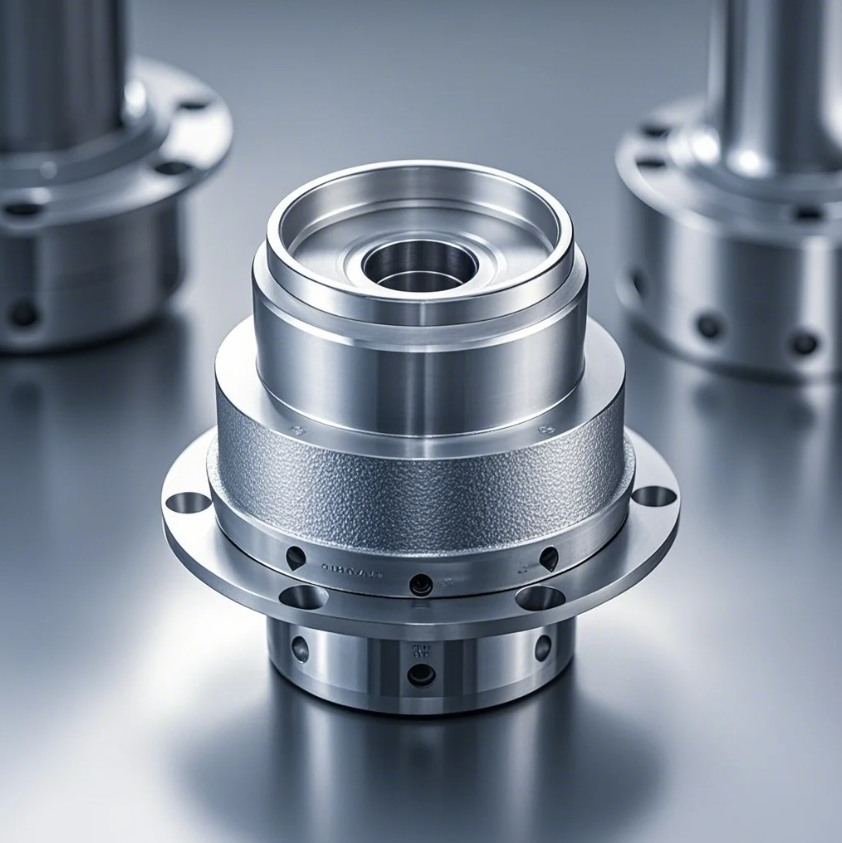
The term "amalgam form" refers to the specific physical state or composition of an amalgam, especially when it is in the process of being mixed or applied. In various applications, the form of the amalgam will depend on the specific metals involved and the intended use.
Amalgam in Dentistry
In the context of dentistry, amalgam form refers to the physical state of the dental material before it is used in fillings. Dental amalgam is made from an alloy of silver, tin, copper, and mercury, which forms a pliable mixture when first prepared. This mixture is applied to the cavity, where it hardens over time and creates a durable and stable filling.
Amalgam in Chemistry
In chemistry, "amalgam form" might refer to the physical state of the amalgam when it is in liquid, paste, or solid form, depending on the amount of mercury and the metal involved. The form of the amalgam can also determine its reactivity and suitability for particular applications, such as in electrochemical cells, industrial processes, or gold mining.
The amalgam form is essential because the properties of the amalgam in its different states can influence its effectiveness in specific applications. For example, liquid amalgams may be easier to work with in certain industrial processes, while solid amalgams are often used for long-term applications like dental fillings.
Conclusion
An amalgam refers to a mixture, usually of mercury and another metal, with a wide range of applications in industries like mining, dentistry, and chemistry. Understanding what an amalgam is and how it is formed helps in appreciating its various uses and the importance of mercury in creating these durable, corrosion-resistant alloys. While amalgams have been essential in many fields, their use is being reevaluated due to the environmental impact of mercury.
If you're looking for high-quality metal solutions or have specific needs related to amalgams in your industry, Prime can help provide tailored, reliable products. With over 20 years of experience and a commitment to high standards, we offer the expertise to support your projects. Contact us today for a consultation and customized solutions!

